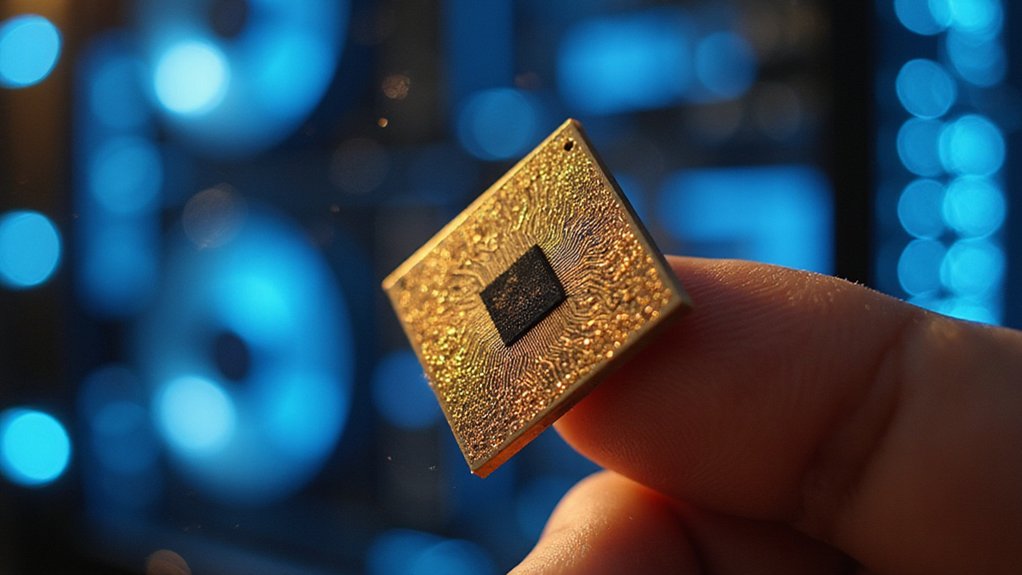Innovation in the Bitcoin mining sector rarely emerges from financial services companies better known for processing payments than burning electricity, yet Block—formerly Square and still carrying Jack Dorsey’s crypto evangelism in its corporate DNA—has engineered precisely such a disruption. Their Proto team’s new 3-nanometer ASIC chip represents more than technological advancement; it embodies a philosophical challenge to mining’s oligopolistic tendencies.
The chip’s technical specifications suggest serious intent rather than corporate virtue signaling. Utilizing cutting-edge 3nm fabrication technology optimized for Bitcoin’s SHA-256 algorithm, Block targets energy efficiency metrics below 15 J/TH—competitive with industry stalwarts like Bitmain’s Antminer S21e XP Hyd 3U (which consumes a rather thirsty 11,180W for 860 TH/s). This isn’t merely incremental improvement but a calculated assault on mining’s fundamental economics.
Block’s partnership with Core Scientific to deploy approximately 15 exahashes per second represents one of the largest bitcoin ASIC agreements by delivered hashrate—a metric that would be impressive even if it weren’t coming from a company whose previous hardware experience involved card readers. The collaboration extends beyond simple deployment; Core Scientific’s infrastructure expertise combined with Proto Mining’s engineering capabilities creates a formidable trinity targeting mining democratization. However, the success of any mining operation ultimately depends on electricity costs, which can make or break profitability regardless of hardware efficiency.
The strategic positioning proves particularly astute given geopolitical headwinds. By manufacturing domestically, Block sidesteps the tariff complications plaguing overseas competitors while embracing an open-source design philosophy that encourages collaboration among U.S. suppliers. This approach directly challenges the centralized manufacturing models that have historically concentrated mining power among a handful of Asian producers. The development of the Mining Development Kit promises to further democratize access by providing transparent building tools for third-party developers.
Perhaps most intriguingly, Block’s modular platform approach prioritizes compatibility with existing non-ASIC components, suggesting genuine commitment to sustainability rather than planned obsolescence. The August 2025 launch timeline positions the chip amid an evolving regulatory landscape where decentralization increasingly matters for legitimacy.
Whether small-scale miners can truly compete against industrial operations remains questionable—economics rarely yields to good intentions—but Block’s chip represents a credible attempt at reshuffling mining’s power dynamics. The company’s financial services background may prove advantageous here; understanding payment processing margins arguably offers better preparation for mining’s razor-thin profitability than traditional semiconductor expertise.







